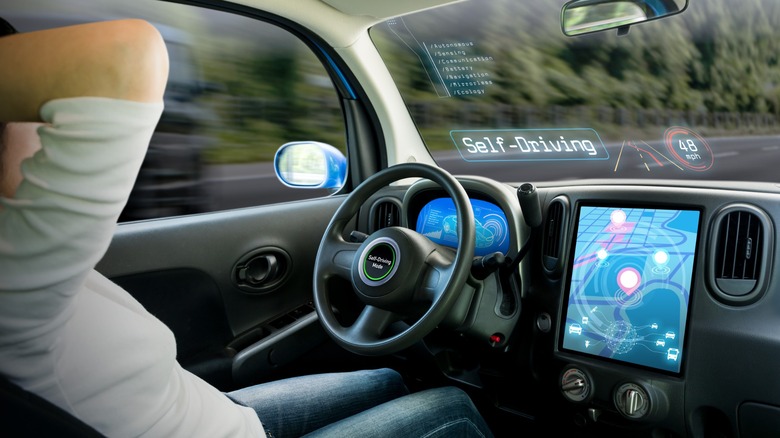Now in its 11th installment, and more than 30 years after its initial release, some science nerds have finally discovered Nintendo’s Mario Kart. They’re using it to help “guide the future of autonomous driving,” WTOP news reports. Among the small army of engineers working to make self-driving cars actually self-drive, researchers from the University of Maryland are using the video game to verify the feasibility of autonomous driving programs before they move on to real-world testing.
“University of Maryland researchers are putting the joystick and controller in the virtual hands, so to speak, of autonomous driving programs before they get tested on the road. ‘We’re actually using these automated driving systems to figure out how to verify that the systems are correct, and then make sure that they adhere to the rules of the road, and design ways that we can make these better if they don’t.'”
While the winner in Mario Kart isn’t always the safest driver, the early-stages of the autonomous training process involves Mario driving a clean lap around the course without taking risks, bumping into anything, or going off-course. With the autonomous driving program being tested at the controls, it’s scored on how well it performs and program developers use that feedback to improve the autonomous driving programming.
How does an autonomous driving AI learn while playing a video game?
Mumu Xu, an Associate Professor of aerospace engineering at the University of Maryland, leads the project along with help from a number of graduate and undergraduate university students. The project, funded by the U.S. Naval Air Warfare Center Aircraft Division, hopes to increase the safety of autonomous driving cars “through an AI technique called deep reinforcement learning.”
“Using Mario Kart and other racing video games to train self-driving systems isn’t novel, but most software engineers design them for maximum speed while deprioritizing safety, Xu said.”
The UMD process involves reconfiguring Nintendo’s relatively-simplistic 33-year-old publicly available program code to allow an autonomous AI program to operate it. Xu says that at first the AI program “drove stupidly,” but after millions of laps it learned to avoid spinouts and slow downs. The system deducts points for erratic driving, while awarding extra points for passing checkpoints, prioritizing precision over speed.
Of the six recognized levels of automated driving, only the lowest few are available for cars on America’s roadways. The levels widely approved for use are zero through two in the U.S., zero being no automation where level-two includes hands-free systems used under certain conditions with an attentive driver. Mercedes-Benz is cleared to sell Level 3 in certain states.




